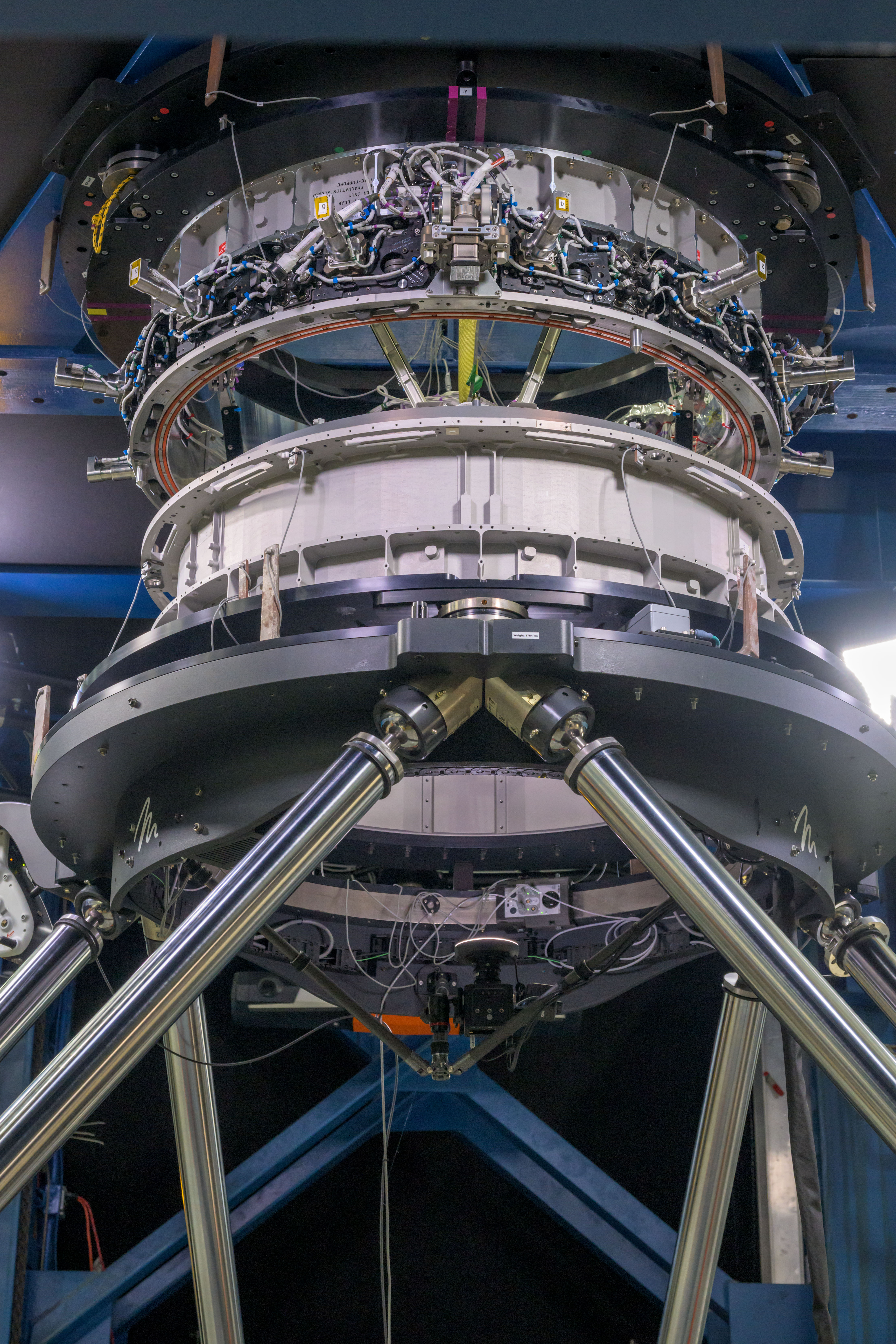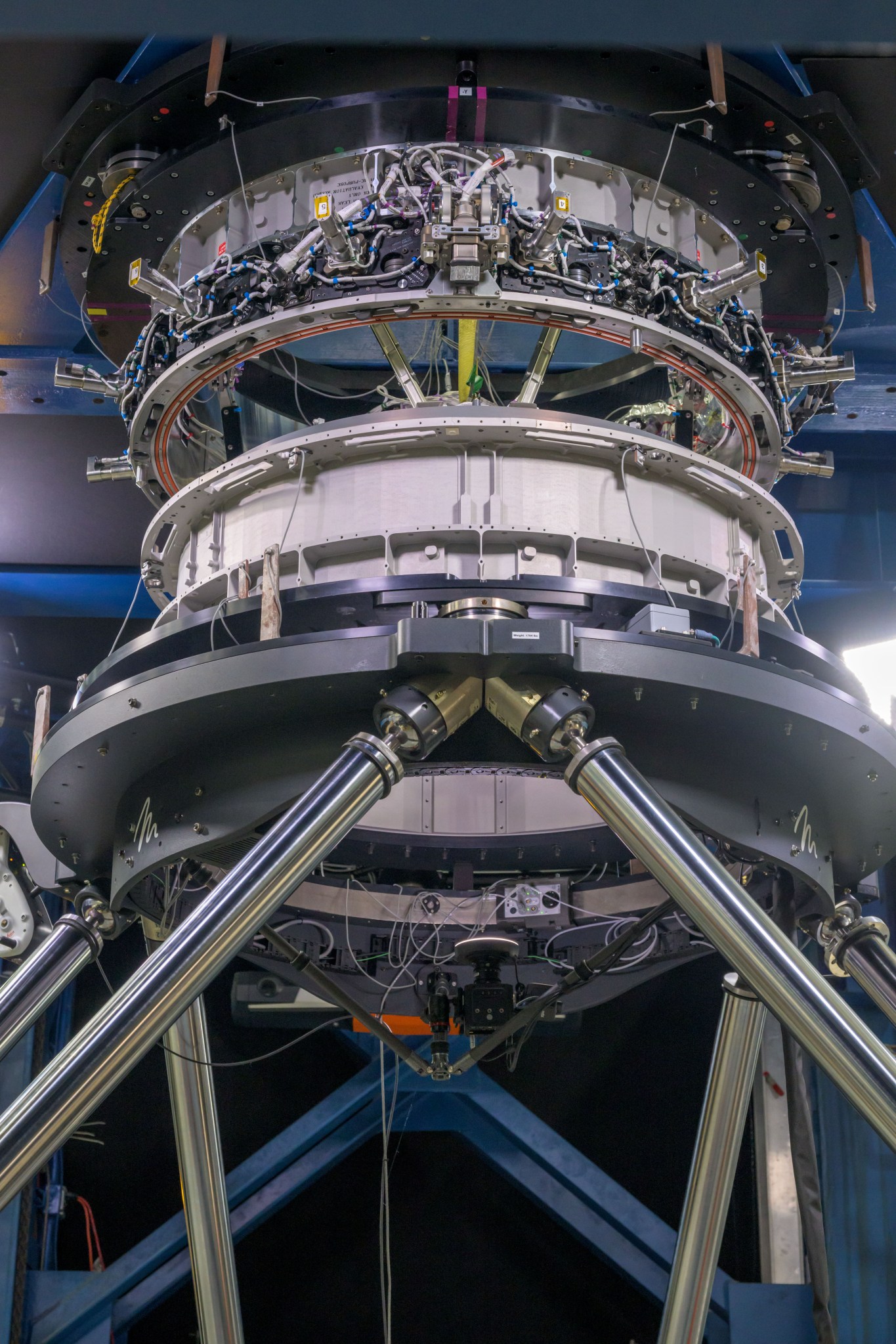SpaceX asking FAA for permission to launch nine times in 2024.
H/t Sawyer
SpaceX seeks a waiver to launch Starship “at least” nine times this year
The tone of that article and the comments by the FAA folks sound like they and SpaceX have a good working relationship and are working towards common goals... nice to see given the concern regarding approval times, etc...







